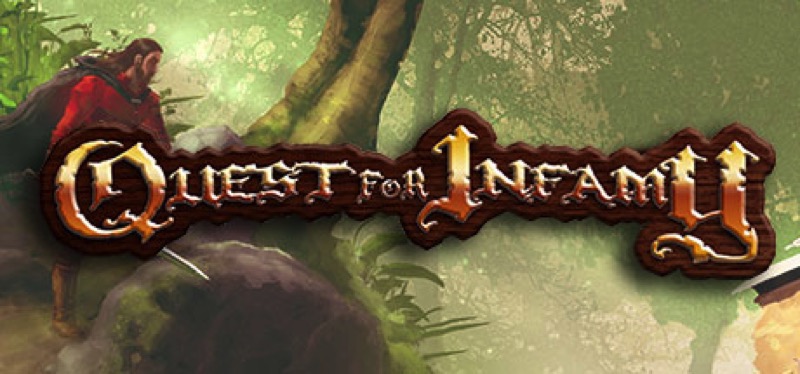

The common tradition holds that Minos waged a war of revenge for the death of his son, and won. In some versions he was killed by the Athenians because of their jealousy of the victories he had won at the Panathenaic Games in others he was killed at Marathon by the Cretan Bull, his mother's former taurine lover, because Aegeus, king of Athens, had commanded Androgeus to slay it. The sacrifice of young Athenian men and women was a penalty for his death. Rhyton in the shape of a bull's head, Heraklion Archaeological MuseumĪll the stories agree that prince Androgeus, son of King Minos, died and that the fault lay with the Athenians. This depiction is in keeping with Dryden's translation of Virgil's description of the Minotaur in Book VI of the Aeneid: "The lower part a beast, a man above / The monument of their polluted love." This alternative tradition survived into the Renaissance, and still figures in some modern depictions, such as Steele Savage's illustrations for Edith Hamilton's Mythology (1942). Ovid's Latin account of the Minotaur, which did not describe which half was bull and which half man, was the most widely available during the Middle Ages, and several later versions show a man's head and torso on a bull's body – the reverse of the Classical configuration, reminiscent of a centaur. From classical antiquity through the Renaissance, the Minotaur appears at the center of many depictions of the Labyrinth. According to Sophocles' Trachiniai, when the river spirit Achelous seduced Deianira, one of the guises he assumed was a man with the head of a bull. The Minotaur is commonly represented in Classical art with the body of a man and the head and tail of a bull. Its location was near Minos' palace in Knossos.

Minos, following advice from the oracle at Delphi, had Daedalus construct a gigantic Labyrinth to hold the Minotaur. As the unnatural offspring of a woman and a beast, the Minotaur had no natural source of nourishment and thus devoured humans for sustenance.

Pasiphaë nursed the Minotaur but he grew in size and became ferocious. Pasiphaë had the craftsman Daedalus fashion a hollow wooden cow, which she climbed into in order to mate with the bull. To punish Minos, Poseidon made Minos' wife Pasiphaë fall in love with the bull. Minos believed that the god would accept a substitute sacrifice. Minos was to sacrifice the bull to honor Poseidon, but owing to the bull's beauty he decided instead to keep him. Minos prayed to the sea god Poseidon to send him a snow-white bull as a sign of the god's favour. The bronze "Horned God" from Enkomi, CyprusĪfter ascending the throne of the island of Crete, Minos competed with his brothers as ruler. The following can be found in dictionaries: / ˈ m aɪ n ə t ɔːr, - n oʊ-/ MY-nə-tor, -noh-, / ˈ m ɪ n ə t ɑːr, ˈ m ɪ n oʊ-/ MIN-ə-tar, MIN-oh-, / ˈ m ɪ n ə t ɔːr, ˈ m ɪ n oʊ-/ MIN-ə-tor, MIN-oh. Įnglish pronunciation of the word "Minotaur" is varied. The Minotaur was called Θevrumineš in Etruscan. In contrast, the use of "minotaur" as a common noun to refer to members of a generic "species" of bull-headed creatures developed much later, in 20th century fantasy genre fiction. That is, there was only the one Minotaur. "Minotaur" was originally a proper noun in reference to this mythical figure. In Crete, the Minotaur was known by the name Asterion, a name shared with Minos' foster-father.

The word minotaur derives from the Ancient Greek Μῑνώταυρος, a compound of the name Μίνως ( Minos) and the noun ταῦρος "bull", translated as "(the) Bull of Minos".


 0 kommentar(er)
0 kommentar(er)
